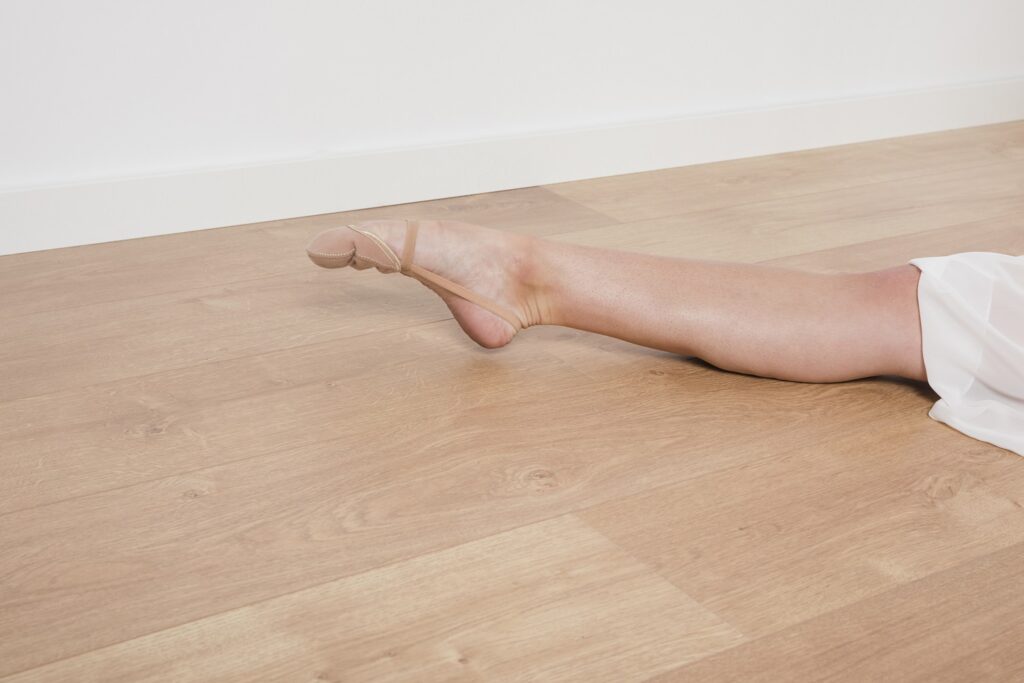
Foot-Drop
● Foot drop is a gait abnormality in which the dropping of the forefoot happens due to weakness, irritation or damage to the deep fibular nerve (deep peroneal), including the sciatic nerve, or paralysis of the muscles in the anterior portion of the lower leg.
● It is usually a symptom of a greater problem, not a disease in itself.
● Foot drop is characterized by inability or impaired ability to raise the toes or raise the foot from the ankle (dorsiflexion).
● Foot drop may be temporary or permanent, depending on the extent of muscle weakness or paralysis and it can occur in one or both feet.
● In walking, the raised leg is slightly bent at the knee to prevent the foot from dragging along the ground.
Causes of Foot-Drop
Causes are seen along the course of the nerve.
At the spine:
• Spina bifida
• Tumors
• Disk prolapse, etc.
At the hip:
• Posterior dislocation of the hip (Fig. 25.24).
• Fractures around the hip.
• Fracture acetabulum.
At the gluteal region:
Deep intramuscular injections.
At the thigh:
• Fracture shaft femur.
• Penetrating injury and gunshot injury.
At the knee (Common causes):
• Forcible inversion of the knee.
• Dislocation of knee.
• Fracture lateral condyle of tibia.
• Lateral meniscal cysts and tumors.
• Dislocation of superior tibiofibular joint.
• Tight plaster casts around the knee.
• Poor padding during traction.
• Surgical damage during application of skeletal
traction.
• Direct injuries—gunshot injuries, incised and
penetrating injuries.
Injury to the peroneal nerve:
● Sports injuries.
● Diabetes .
● Hip / knee replacement surgery .
● Spending long hours sitting cross_ legged or squatting.
● Childbirth .
● Large amount of weight loss.

